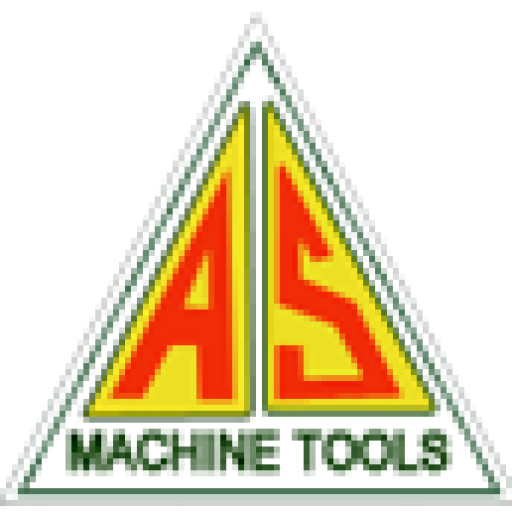

The addition of eyelets — small metal rings added to reinforce holes in materials — is one small detail with a great deal of importance in many industries of manufacture . From shoes and belts to stationery items, tarpaulins, banners, clothing tags, and packaging, eyelets ensure durability, functionality, and aesthetic quality. As demand for precision grew, so did demand for speed. This is where automatic eyelet punching machines have become invaluable.
What is an automatic eyelet punching machine?
An automatic eyelet punching machine is a device that cuts a hole into a material and inserts an eyelet securely into that hole. What makes it “automatic” is its ability to feed eyelets, align the material, punch, and fasten with minimal human involvement. Basically, operators have to put the material in the correct position or guide it through the machine, while the rest of the work is done by the device. These machines, manufactured by leading eyelet machine manufacturers, are designed to revolutionise workflows and deliver exceptional results.
Types of Automatic Eyelet Punching Machines
Key Features and Capabilities
Fully automatic for punching eyelets machines It may differ in their degree of sophistication, but most share a number of core features that enhance efficiency and precision:
The machine automatically feeds the eyelets from it into the punching mechanism. There is no need for manual loading, allowing the process to be continuous and greatly increasing productivity.
The characteristic of an automatic system is to provide punching and fixing of the eyelet in one stroke, which reduces the processing time and limits errors, giving more uniformity in batches.
Automatic machines allow operators to adjust pressure and depth to suit the material being processed.
Most automatic machines have alignment guides, sensors, and even digital measurement tools to ensure perfect positioning.
Because these machines are involved with powerful movements, the manufacturers accordingly install protective shields, emergency stop buttons, and hand-sensing technology to prevent accidents.
Advanced models are equipped with digital displays where operators can set the speed, interval, batch count, and other custom parameters. This makes the machine quite easy to operate even for beginners.
Applications Across Industries
There are indeed many uses for automatic punching eyelet machines:
Shoemakers heavily rely on eyelets for shoelace holes. Belts, bags, and other leather accessories require sturdy, well-aligned eyelets.
Eyelets are normally used with clothing tags, drawstring holes, corsets, and fashion accessories.
Eyelets are widely used for reinforcement in folders, tags, calendars, gift bags, and cardboard packaging.
Large banners, billboards, and tarpaulins require eyelets so they can be securely hanged outdoors.
Certain technical fabrics, insulation materials, automotive covers, and protective gear use eyelets for fastening and structure.
Maintenance and Operational Considerations
maintenance is required to keep an automatic eyelet punching machine at peak performance.